As part of my ongoing lectures and talks about the High Line I’ve been digging deeper into the history of many distinctive buildings near the old viaduct-turned-park. “What’s That Building?”— a guide to architecture in the High Line’s viewscape — is a popular feature on this blog, and today I’m launching a new series of slightly longer pieces about selected buildings that will let me share their fascinating histories and at the same provide a new context for understanding them in relation to the High Line. I’m starting with the Westyard Distribution Center, a mammoth structure on Tenth Avenue between 31st – 33rd Streets. [Click here for the full series.]
The Westyard Distribution Center was completed in 1970 and is considered a significant example of the architectural style Brutalism, which is defined by the use of rough materials like textured concrete and brick, and sharp, geometrical angles. When it opened, the Westyard had the only indoor, year-round ice rink in New York City (it closed years ago and today the cool kids skate at Chelsea Piers a few blocks south). It was built as a distribution center, and has 38 loading docks for trucks; today it’s home to a number of news companies including the Associated Press, New York Daily News, and WNET-TV, which explains all the satellite dishes on the roof. It is also known as Manhattan West.
To fully appreciate this building you need to approach it more like a piece of sculpture than a piece of architecture, which means moving around and seeing it from every possible angle. The photo below shows the Westyard from Seventh Avenue — almost half a mile away. It’s a lousy shot because the light was bad and I was about to be hit by a car when I took it, but it shows how this massive, imposing building just elbows itself onto 31st Street, like it owns the place. It’s the architectural version of the pushy, aggressive, New Yorker:
I think this is a building that no one really loves in Manhattan except, perhaps, those of us who love trains and the city’s long, pioneering railroad history. The Westyard Distribution Center offers the perfect perch from which to contemplate both the past and present. But first, you have to leave the street and get a bit higher….
Looking down on the Westyard you start to see how the building functions; how it straddles the train tracks that are used by three major railroads in New York City: the MTA’s Long Island Railroad (LIRR); New Jersey Transit’s commuter line; and Amtrak, the ultimate successor (after many bankruptcies, buyouts, and combinations) of Cornelius Vanderbilt’s New York Central Railroad.
If you go up even higher — I took the photo below from the observation deck of the Empire State Building — you can see a train motoring underneath the Westyard en route to the Rail Yards. And you also see the High Line looping around the Rail Yards, half green and half concrete.
Back at street level, if you were to sneak into a parking lot nearby and stick your camera through a hole in the fence (I swear I didn’t cut that chain link!), what you would see is a very active railroad passage:
When you get up high again and look down onto the stub yard (called “stub” because it has no egress) what you see are trains from the LIRR that are parked there during the day. These trains came from Queens and Long Island to Penn Station, where they disgorged their passengers who then dispersed themselves around the city to do its business. The trains then motored a bit further west, under the Westyard, to the parking lot. When the commuters are done, at the end of the day, the trains return to Penn Station and take the now-tired commuters home to their families.
Basically the stub yard is a giant railroad parking lot, and soon it will be covered with a deck and turned into a small city of office buildings, residences, and park spaces. It has a fancy new name, The Hudson Yards, and its own special tax structure. Soon the trains will be invisible, but the activity of the rail yard will go on as always underneath the new development.
The New Jersey Transit commuter trains make a right turn and head north, underground, somewhere below the Westyard building, which was designed to connect with the Lincoln Tunnel. Those trains then pass under the Hudson River to New Jersey. Amtrak’s Albany and Canada-bound trains also pass under the Westyard, take a right and head north, but they follow the path of the old New York Central line up the coastline along the Hudson, which I roughly traced in a red line on this map:
Those places I marked with little train icons show the cuts in the street where you can see still the train tracks, like this one, at 60th Street…Sometimes you can actually see a train coming through one of the cuts, which can be found between 43rd – 46th; 48th – 49th; and 60th Streets. [Note: it helps to have the Amtrak app on your phone so you know when to expect one.] The train in the photo below is Amtrak #290, the Ethan Allen, from Albany to New York, scheduled to arrive at 1:50 PM. It was on time; I took this shot at about 1:48 at 38th Street between Tenth & Eleventh Avenues. It’s not a great photo, but it does give you a sense of the geography: there, on the right side in the background, is the tall Ohm apartment building at Eleventh & 30th Street, where I took the aerial shots that appear in this piece:
This aerial, 360-degree tour shows how the Westyard Distribution Center is the beating heart of the railroad on the West Side of Manhattan. This gives it a direct relationship to the High Line, though it’s not so easy to discern from the park (or, for that matter, from the street). In time, all visible traces of the rail lines will be covered, including the cuts I’ve mapped out above, which are fine reminders of our city’s magnificent railroad history. (Visit while you can…) Still, just knowing the tracks are there will always let me feel a connection to the past, and permit a deeper understanding of the neighborhood in which I live. All those passengers on all those trains — the LIRR, NJ Transit and Amtrak — will continue to pass under the Westyard; soon there will be a new Seventh Avenue subway station on Eleventh Avenue that will bring more trains — and people — to our increasingly crowded neighborhood. And of course there’s the still-expanding, former freight railroad, the High Line, which connects and brings to life so much of this history.
So next time you’re walking in the park, tip your hat to the Westyard. It may not be our most beautiful neighbor, but it has a story that few can beat.
[Click here to read the second piece in the series, about the former R.C. Williams warehouse, today’s Avenues School and here to find all the pieces in the High Line Architecture series.]

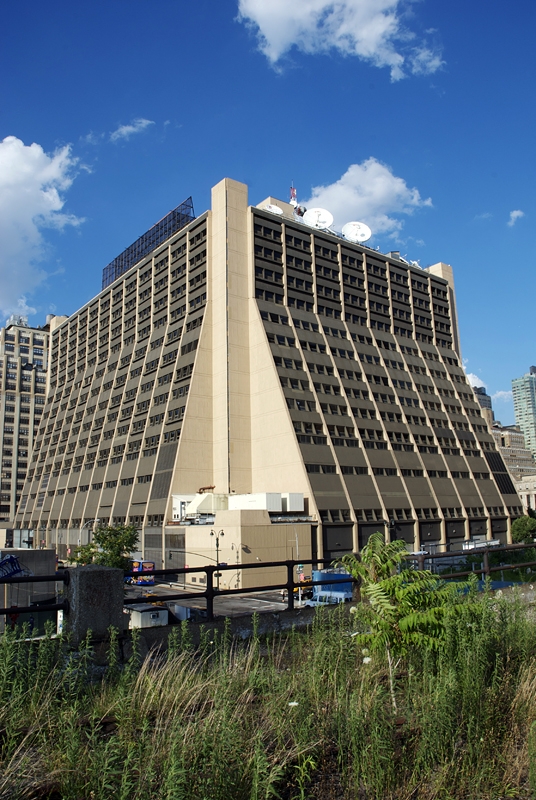
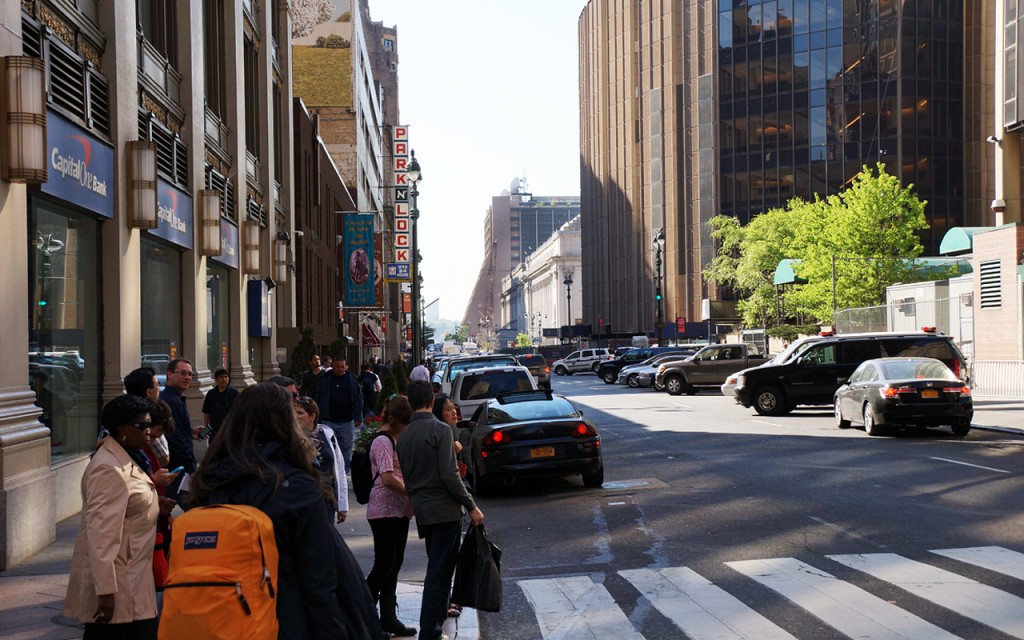
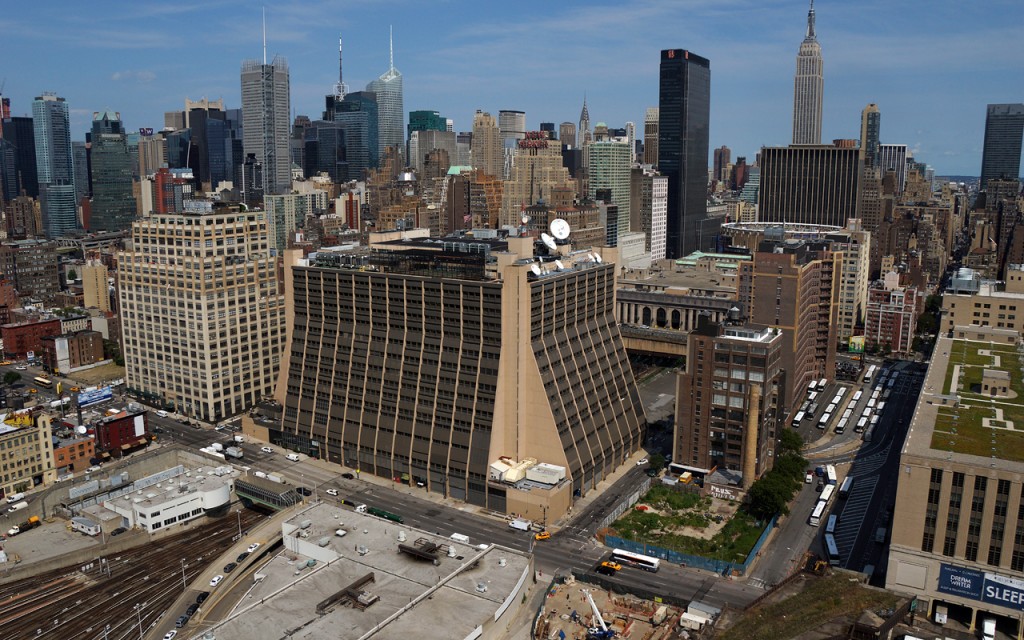
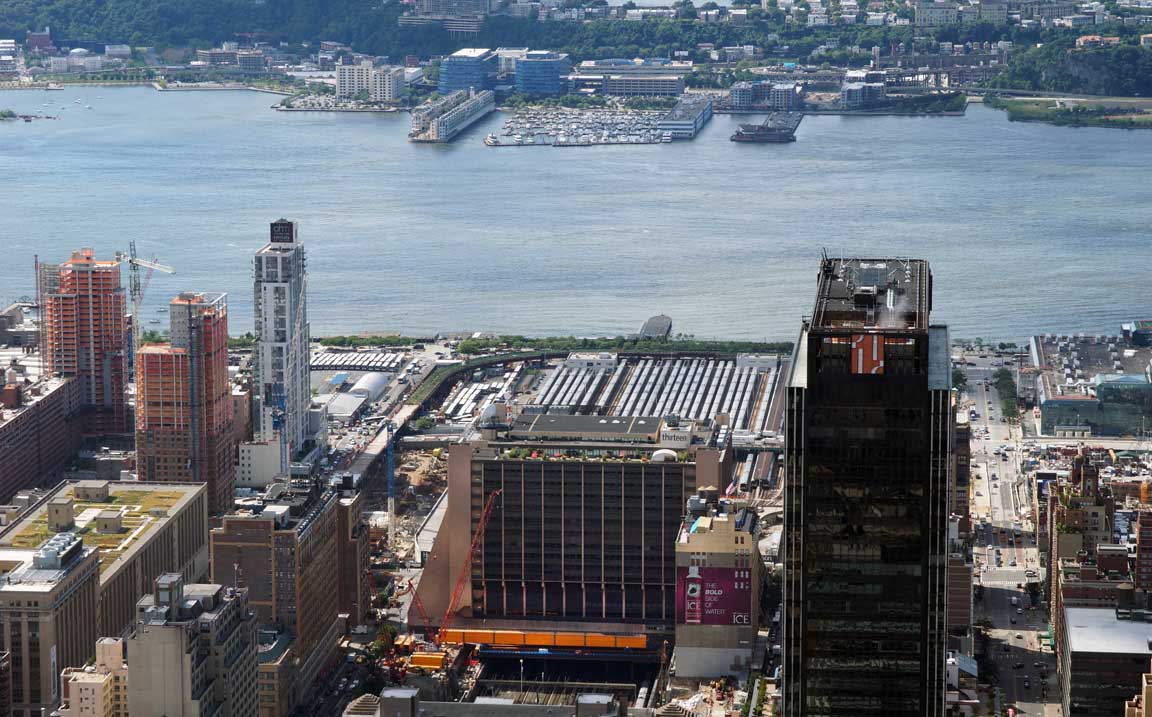
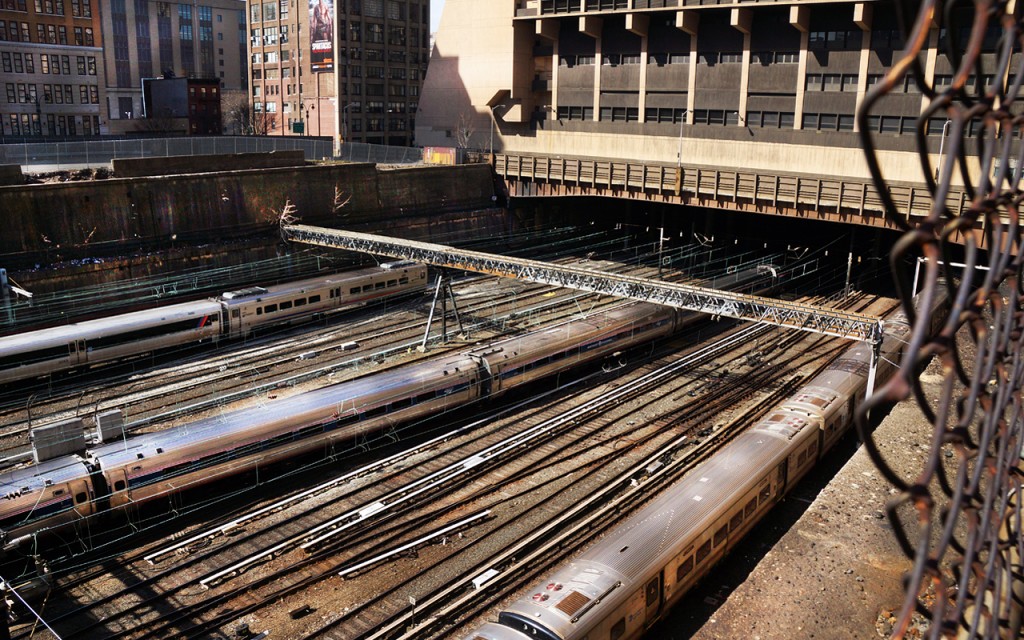
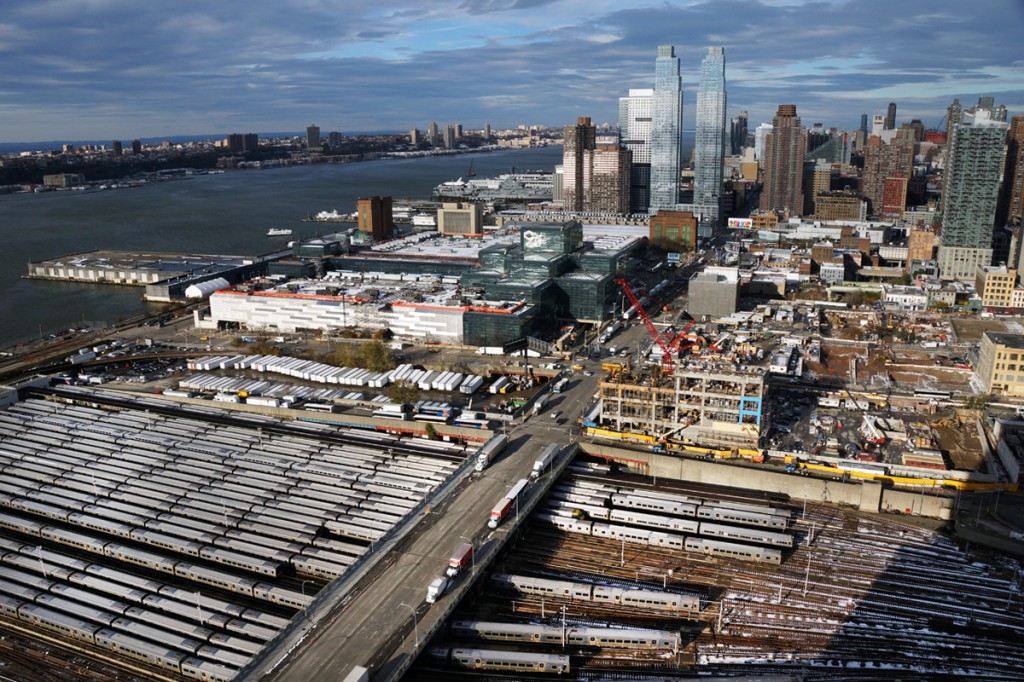
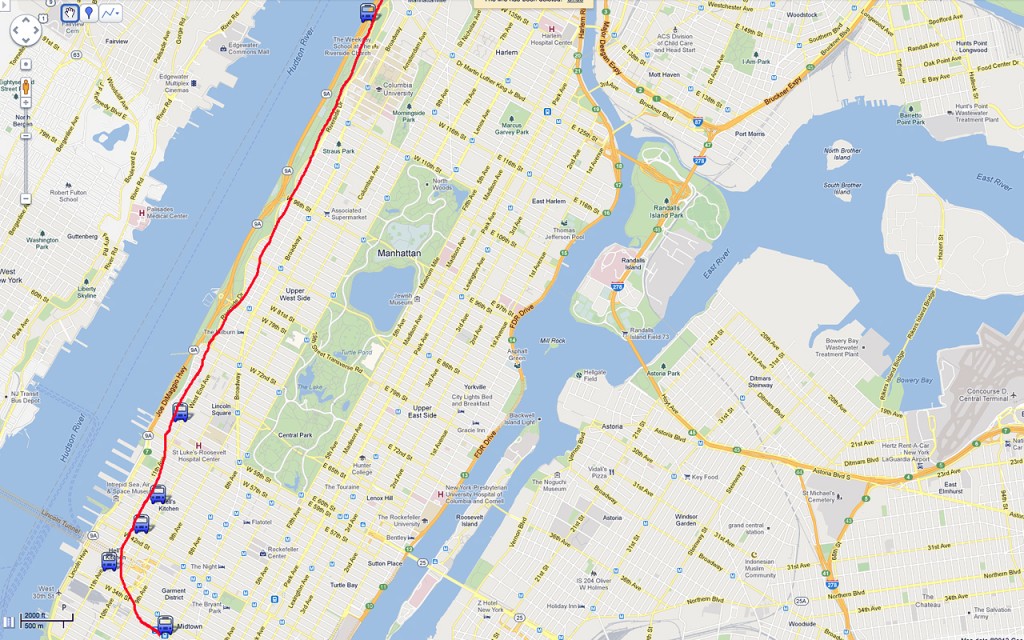
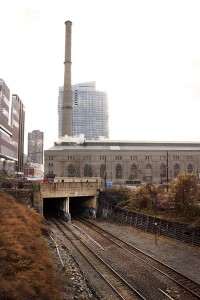
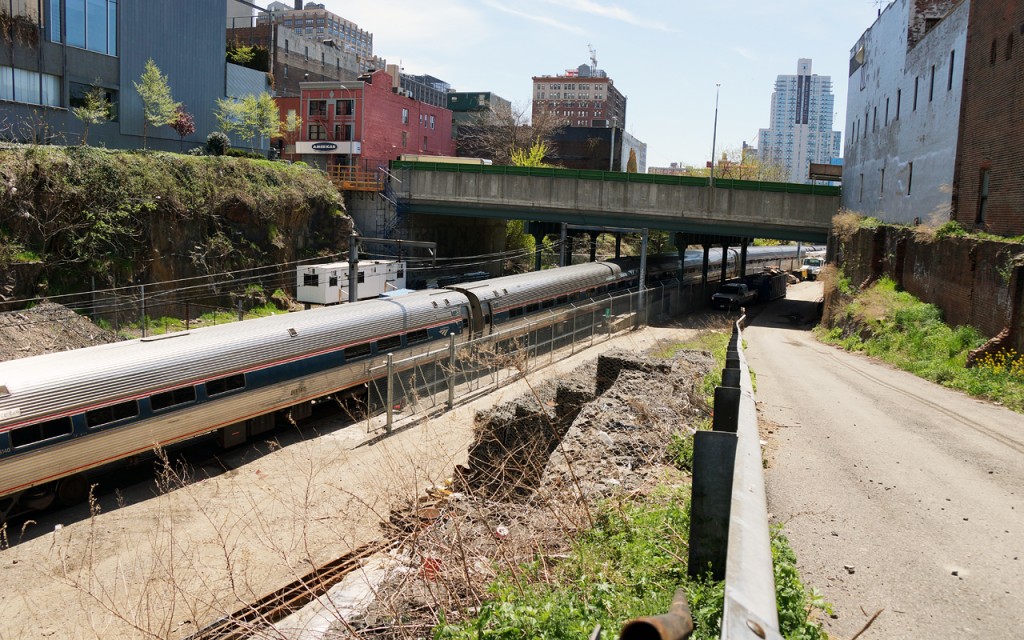
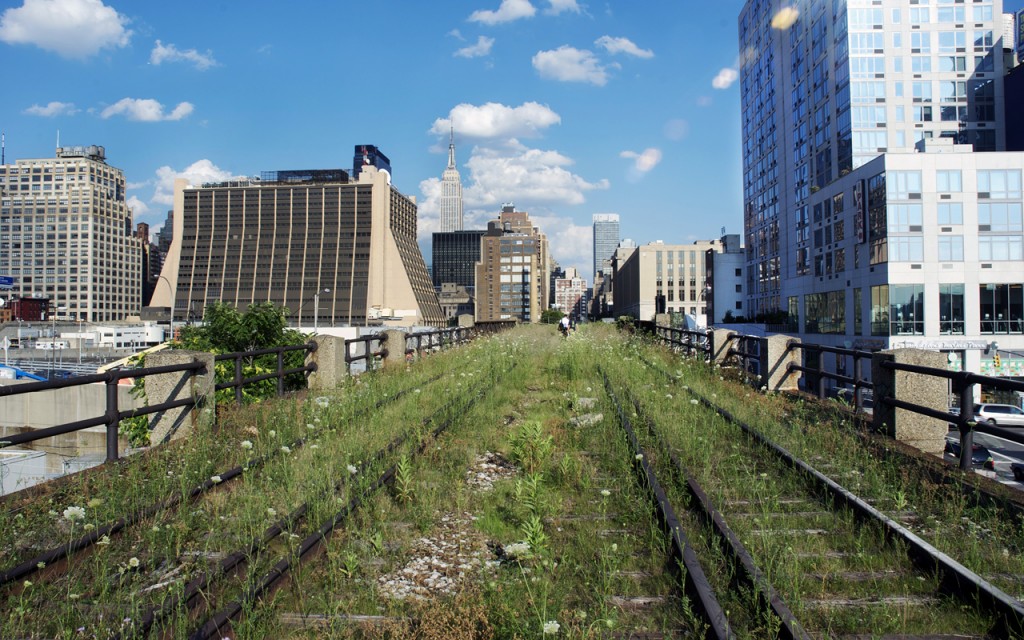

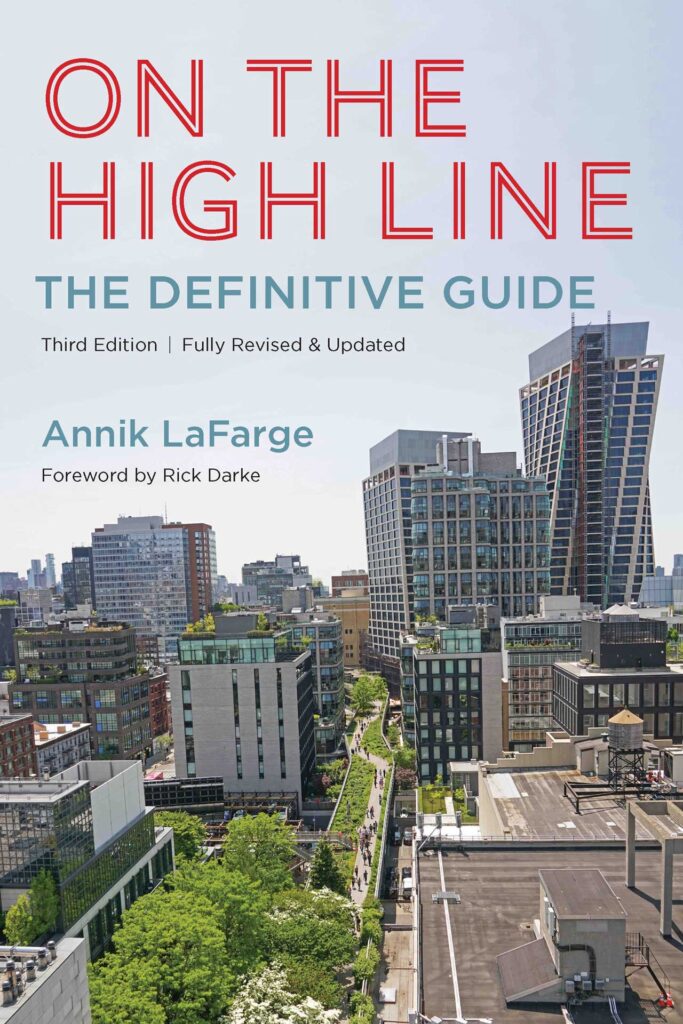


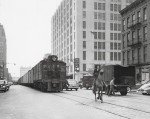

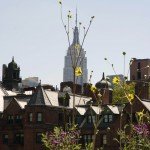

just great !